Bleed Procedure
Tools Required
| • | J 43485 Power
Steering Bleeder Adapter |
Important: Use clean, NEW power steering fluid type only. Refer to
Fluid Specifications
.
| • | Bleed the power steering system for the following reasons: |
| - | Fluid line disconnected |
| - | Steering system noise occurs |
| - | Prevention of pump damage |
| - | Proper system operation |
| | Important: Hoses touching the frame, body or engine can cause system noise.
|
| • | The hoses must not touch any other part of the vehicle. |
Important: Loose connections may not leak, but could allow air into the steering
system.
- Verify that all hose connections are tight.
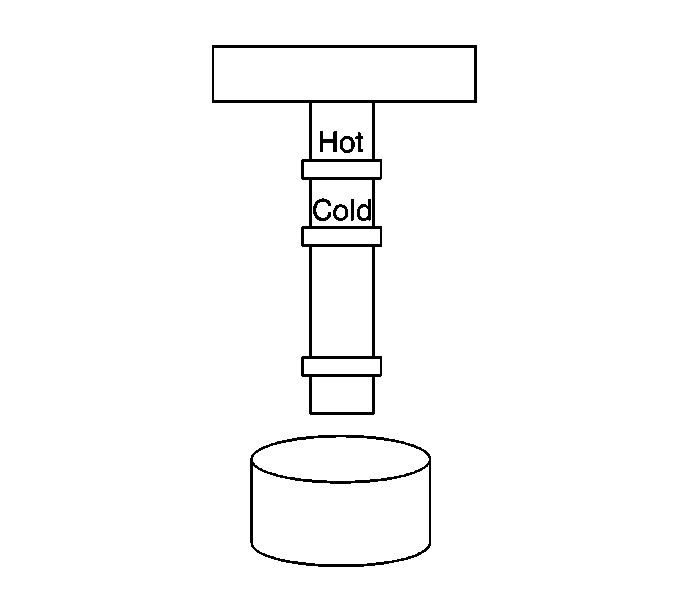
Important: Maintain the power steering fluid level throughout the bleed procedure.
- Remove the power steering pump reservoir cap.
- Fill the power steering pump reservoir with power steering fluid
to the "FULL COLD" level. Refer to
Checking and Adding Power Steering Fluid
.
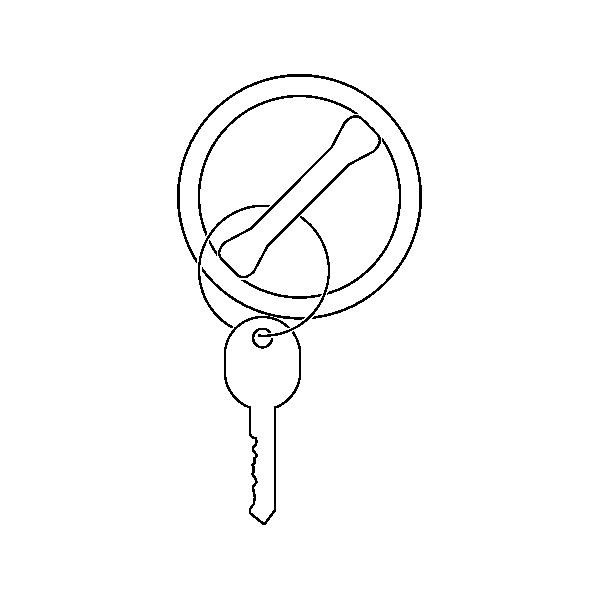
- Reinstall the power steering
pump reservoir cap.
- Start the engine. Allow the engine to idle.
- Turn off the engine.
- Verify the power steering fluid level. Repeat steps 8 through
10 until the power steering fluid stabilizes.
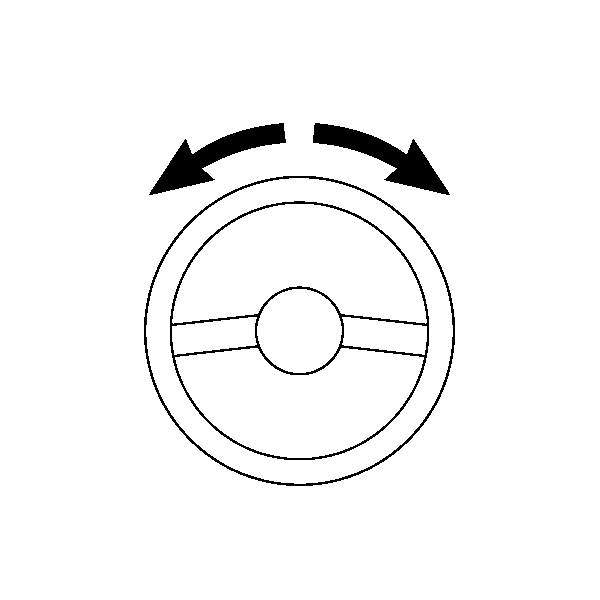
- Start the engine. Allow
the engine to idle.
Important: Do not turn steering wheel to lock.
- Turn the steering wheel 180-360 degrees in both directions
5 times.
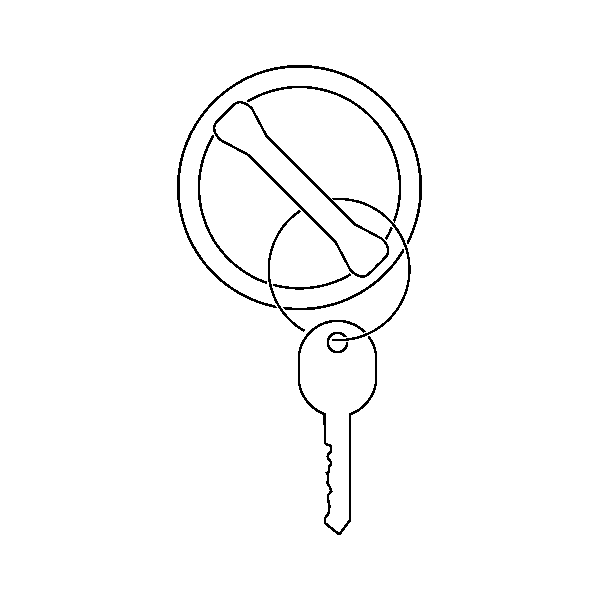
- Switch the ignition off.

- Remove the power steering
pump reservoir cap and verify the power steering fluid level. Refer to
Checking and Adding Power Steering Fluid
.

- Reinstall the power steering
pump reservoir cap.
Special Conditions Procedure
Tools Required
| • | J 43485 Power
Steering Bleeder Adapter |
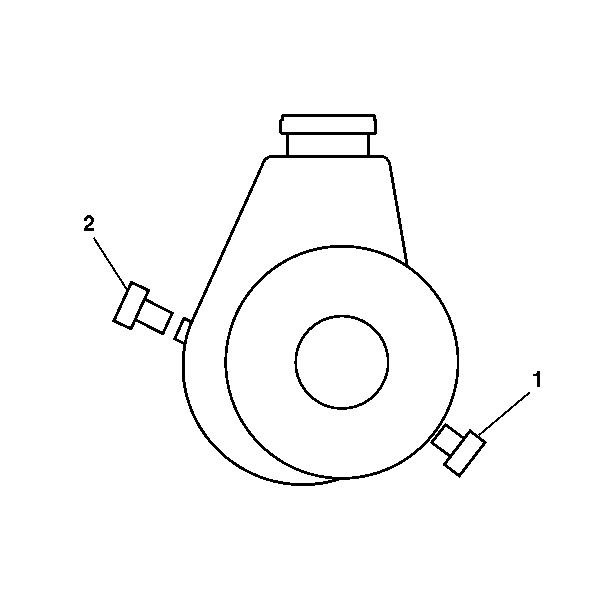
- If the vacuum continues
to drop, remove the power steering pressure line and the power steering return
hose from the power steering pump. Refer to
Power Steering Pressure Pipe/Hose Replacement
or
Power Steering Return Hose Replacement
.
- Install the plugs (1) (2) supplied with J 43485
Power Steering Bleeder Adapter
- Place J 43485
Power
Steering Bleeder Adapter
on the power steering pump.
- Apply a vacuum of 20 Hg maximum.
- If the vacuum drops again, repair or replace the power steering
pump. Refer to
Power Steering Pump Replacement
. If the vacuum holds steady, continue to check the other parts
of the power steering system.
Important: Power steering fluid must be free from bubbles. Be aware of periodic
bubbles that indicate a loose connection or leaking O-ring seal in the power
steering return hose or the power steering hose.
Important: Power steering fluid must be free from discoloration.
- Observe the power steering fluid.
- If the condition persists, replace the following parts:
| • | The return hose O-rings |
| • | The pressure hose O-rings |
| • | The gear cylinder line O-rings |
| • | The reservoir to pump O-ring |
- Repeat the bleed procedure from the beginning.
- Drive the vehicle approximately 16 kilometers (10 miles)
to warm the system to operating temperature. Evaluate vehicle on a smooth
flat surface.
- To check for noise problems, verify the following items:
| • | There is smooth power assist. |
| • | The vehicle operates quietly. |
| • | The power steering pump maintains the proper power steering fluid
level. |
| • | There is no leaking in the steering system. |
| • | The fluid is free of foam or discoloration. |







